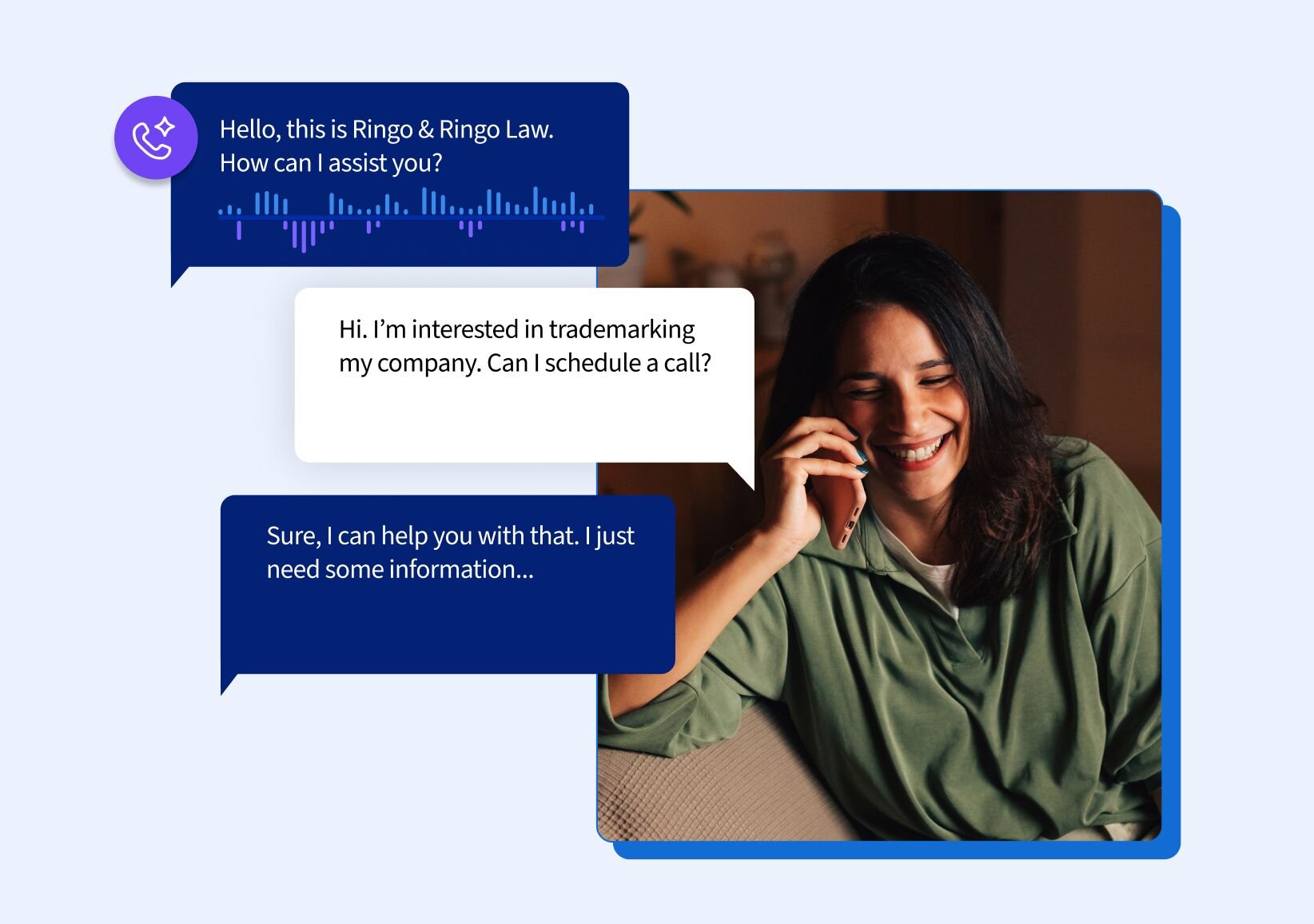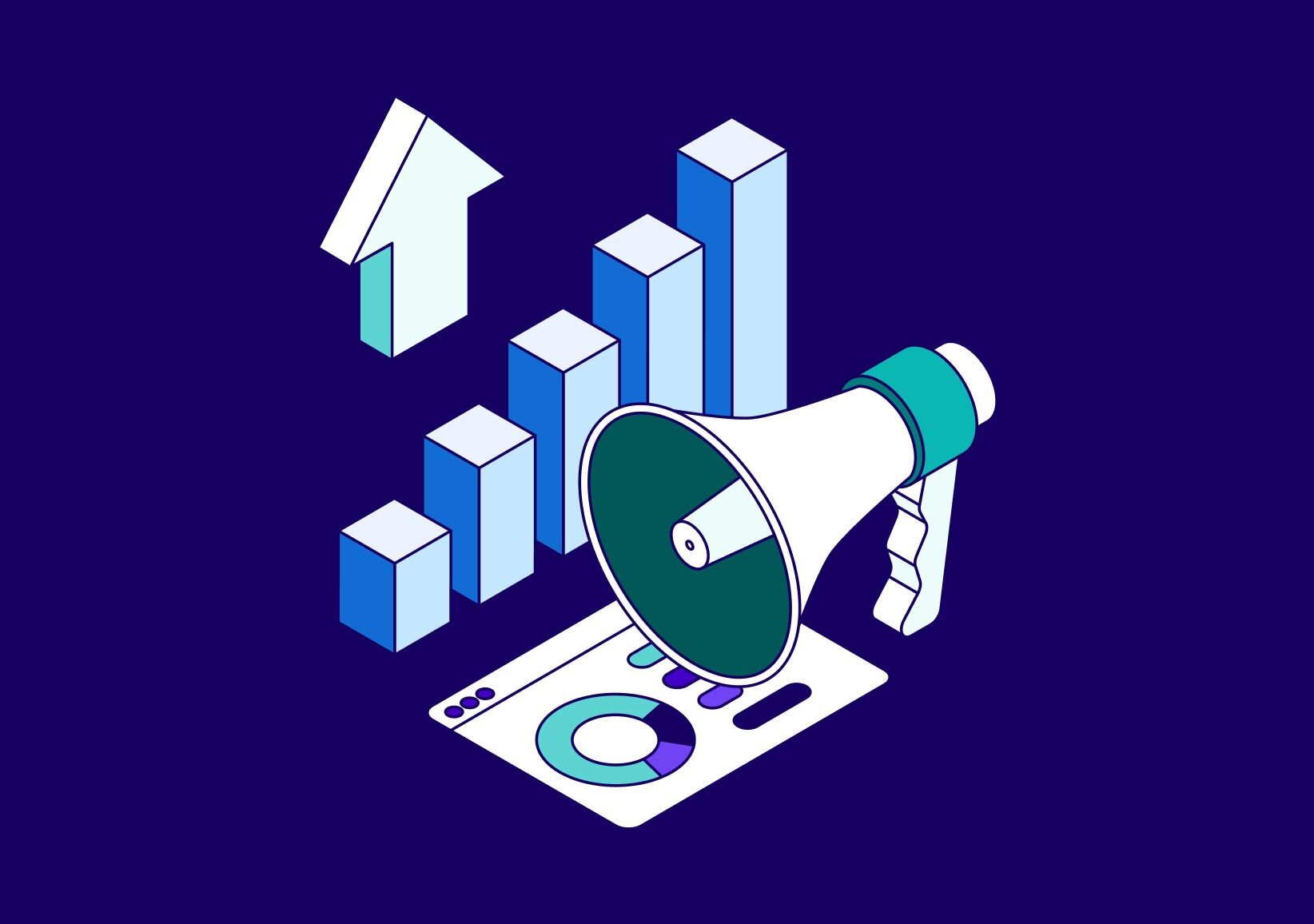Whitney Hoffman-Bennett, senior vice president of people and culture at CallRail, recently joined The Great Retention podcast, hosted by John Duisberg. In their conversation, they discuss the challenges and opportunities of maintaining a cohesive culture amidst the trials of growth and global events.
Everyone wants to elevate their employee experience, attract and retain the best people. What does culture mean to you as a leader? How have you been able to maintain culture with growth and everything that's been happening in the world?
Whitney: In 2020, we were in one place. Everyone was in Atlanta, Georgia. We had never hired remotely before and we went home just like everyone else. In March of 2020, we started hiring remotely and we were a distributed team. We hired 170 people in 2021 and none of those people had met in person or been to the office.
Then in 2022, we started trying to bring people back to the office and we tried to do more in-person things. We had a lot of starts and stops. It became so important to connect more with people, but also to check on people. People are dealing with mental health issues. They're isolated, alone. They're dealing with unrest in their communities, and then trying to work and just be normal. And it was really hard. I think we really learned in those periods to lean into grace.
Now that we're back, we're focusing on the work with intensity and delivering incredible products. But it's making sure we're using all five of those culture statements together to focus on the whole employee.
What does the culture statement mean to that person who's remote? How did you maintain that connection in a distributed environment?
Whitney: I think luckily at that time, everything on zoom and all the classes were still a novelty. Now people are done—they're over it. They don't want to do more zoom happy hours, please. But that is what we did.
We created new hire channels within slacks. We were constantly connecting with people and checking in. A lot of the ownership fell to my team and leaders and managers to really lean in with their new employees–giving new employees buddies, and going to Zoom happy hours.
Now in this hybrid environment, we have to be more creative because people don't want to do that anymore. So we gave each team some autonomy in terms of how they were maintaining that sense of connection and engagement.
In the past, HR was viewed as compliance—a more tactical kind of role. Now it's a big strategic imperative because keeping and attracting good people is how to be successful. How do you approach that employee experience strategy?
Whitney: I think that's what 2020 taught us. Everyone was looking to HR and talent and culture. When do you come back to the office? How do we gauge employees? What does that look like for the organization?
So I think in 2020 you really saw the pivot to: these should be your key partners, the people you're relying on, the people that should be in your meetings, and that should help you be strategic. They're the ones with the lens of the people, who are your most important resource. We can't get anything done if we don't have the people to do it.
Tune in to the full podcast episode on YouTube.











